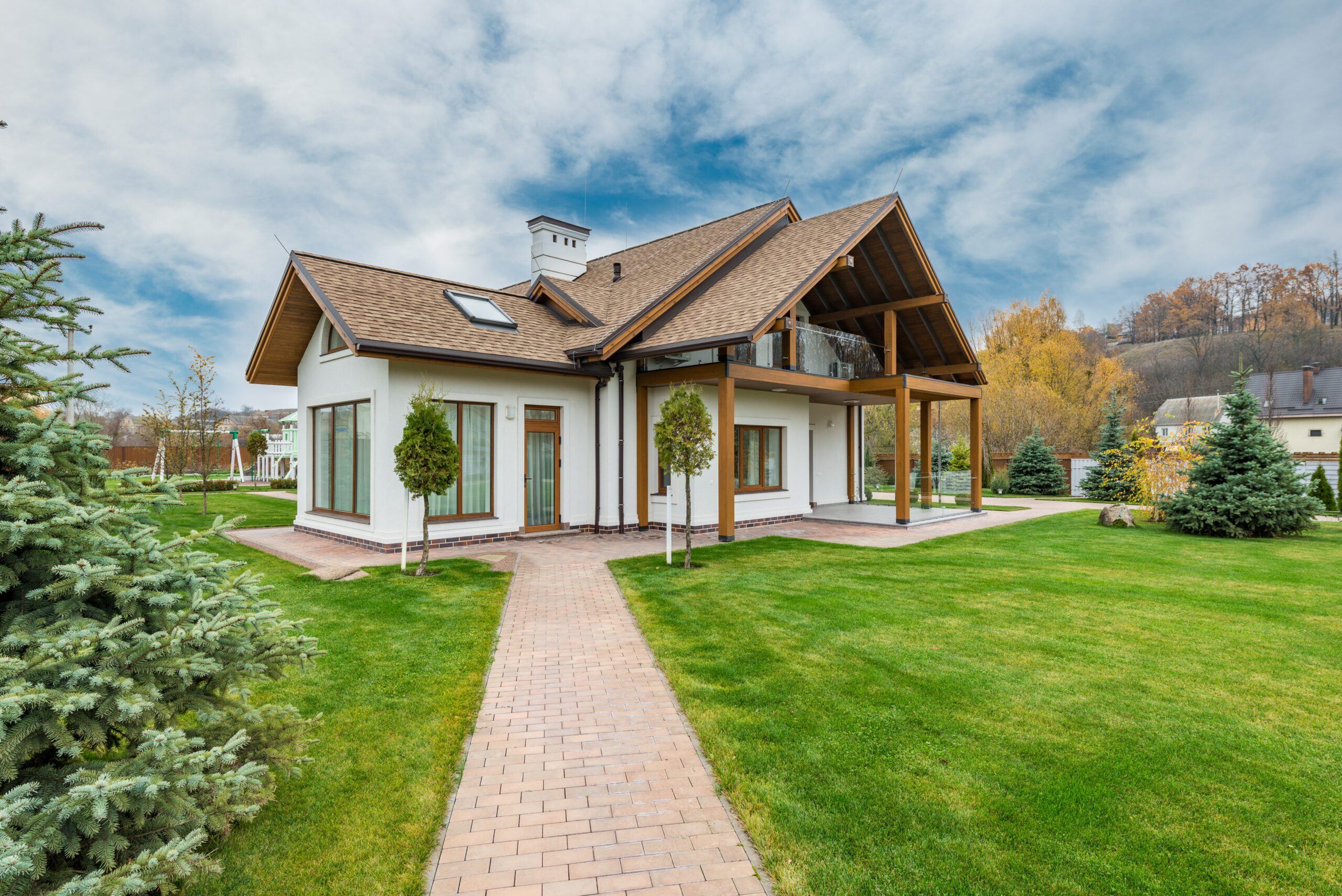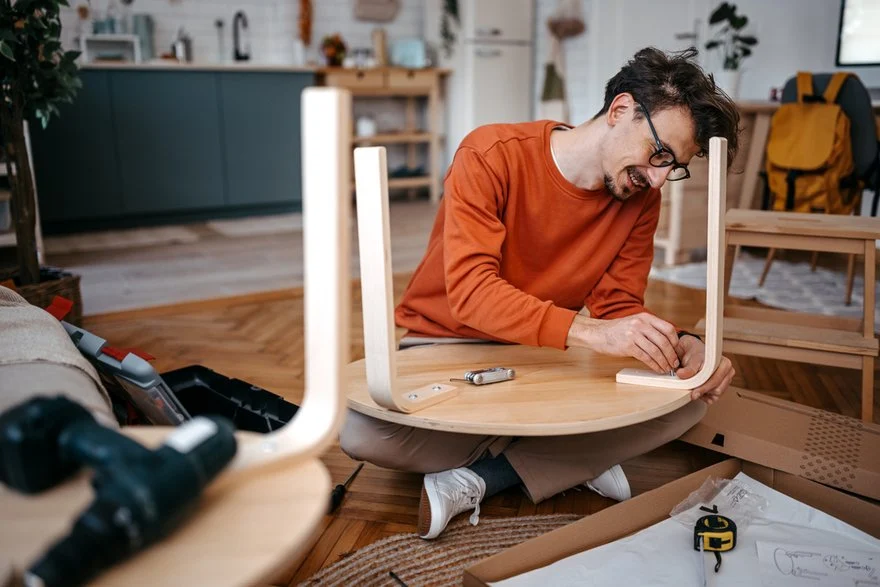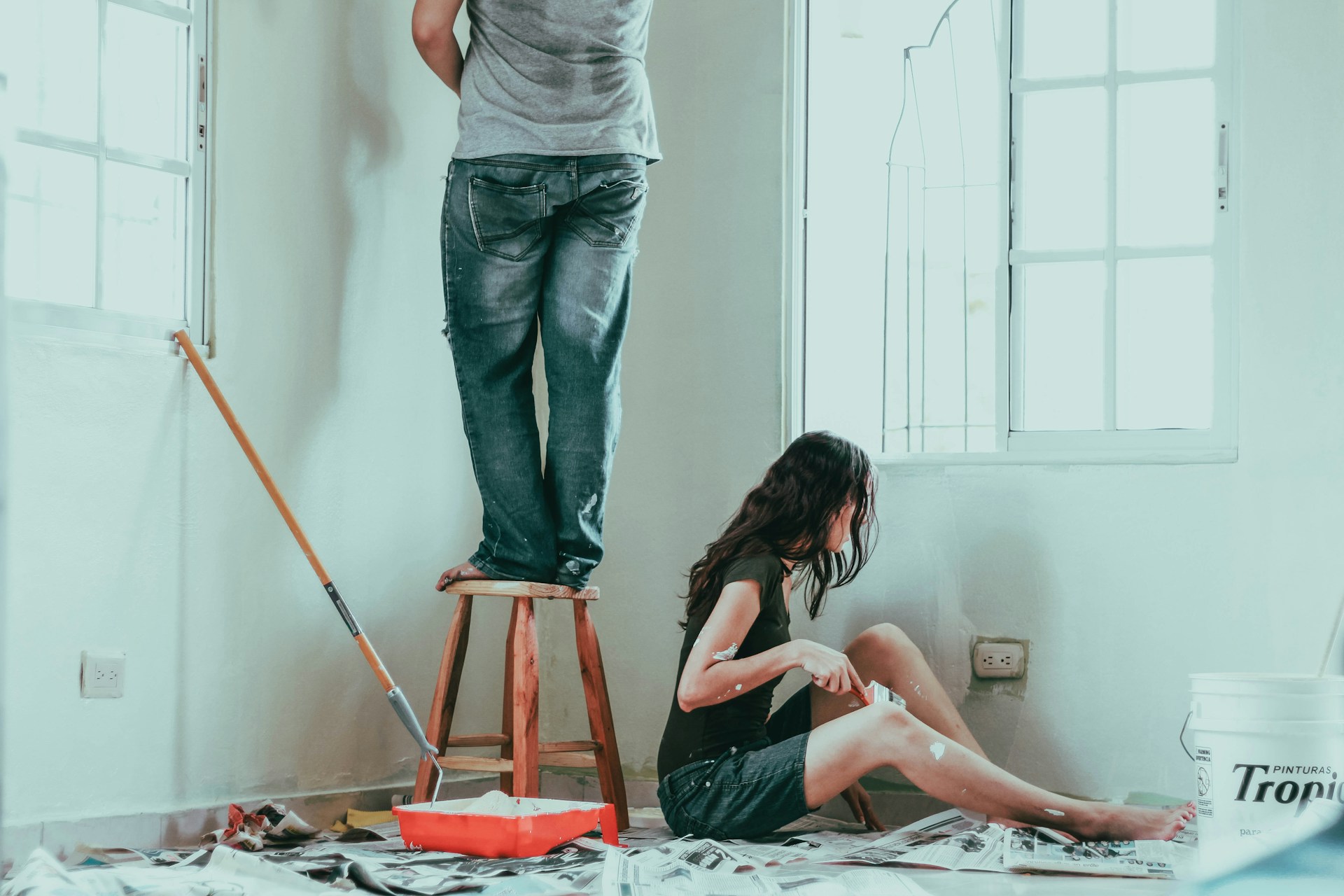Sustainability is no longer just a trend—it’s a way of life. As a first-time homeowner, creating a green home is a great way to reduce your environmental impact while saving money and improving your quality of life. From energy-efficient upgrades to eco-friendly habits, here are some practical tips to get you started.
- Conduct a Home Energy Audit
Understanding your home’s energy usage is the first step toward making it more efficient. A professional energy audit can identify areas of improvement, such as insulation, air leaks, or outdated appliances.
- Find Services: Visit Energy.gov to locate certified energy auditors in your area.
- Upgrade to Energy-Efficient Appliances
Switching to ENERGY STAR-certified appliances can significantly reduce your energy consumption and utility bills.
- Examples:
- Energy-efficient refrigerators, dishwashers, and washing machines.
- Smart thermostats like Nest or Ecobee.
- Shop: Browse energy-efficient options at Home Depot or Best Buy.
- Improve Insulation and Weatherproofing
Proper insulation and weatherproofing keep your home comfortable year-round and reduce energy loss:
- Seal Air Leaks: Use caulk or weather stripping around windows and doors.
- Upgrade Insulation: Add insulation to your attic, walls, or floors.
- Shop Materials: Find supplies at Lowe’s or Amazon.
- Opt for Eco-Friendly Building Materials
If you’re renovating, choose sustainable materials like:
- Bamboo Flooring: Durable and renewable.
- Recycled Glass Countertops: Stylish and eco-conscious.
- Low-VOC Paints: Improve indoor air quality by avoiding harmful chemicals.
- Where to Buy: Explore eco-friendly materials at Green Building Supply or Wayfair.
- Install Solar Panels
Solar panels are a long-term investment that can reduce or eliminate your electricity bills. Many states offer tax incentives or rebates for homeowners who go solar.
- Find Providers: Get started with Tesla Solar or Sunrun.
- Conserve Water
Water conservation is a key part of creating a green home:
- Low-Flow Fixtures: Install low-flow showerheads and faucets.
- Rain Barrels: Collect rainwater for outdoor use.
- Efficient Toilets: Replace old toilets with water-saving models.
- Shop Water Savers: Check out options at The Home Depot.
- Switch to LED Lighting
LED light bulbs use up to 75% less energy than traditional bulbs and last significantly longer.
- Incorporate Plants
Indoor plants improve air quality and add natural beauty to your home.
- Low-Maintenance Options: Spider plants, peace lilies, and snake plants are great for beginners.
- Shop Plants: Browse online nurseries like The Sill or Bloomscape.
- Use Eco-Friendly Cleaning Products
Traditional cleaning products often contain harsh chemicals that harm the environment. Opt for biodegradable, plant-based alternatives:
- Brands to Try:
- Blueland
- Mrs. Meyer’s
- Grove Collaborative
- Embrace Recycling and Composting
Set up a recycling station and start composting food scraps to reduce waste.
• Shop Compost Bins: Explore options at The Container Store or Uncommon Goods.



